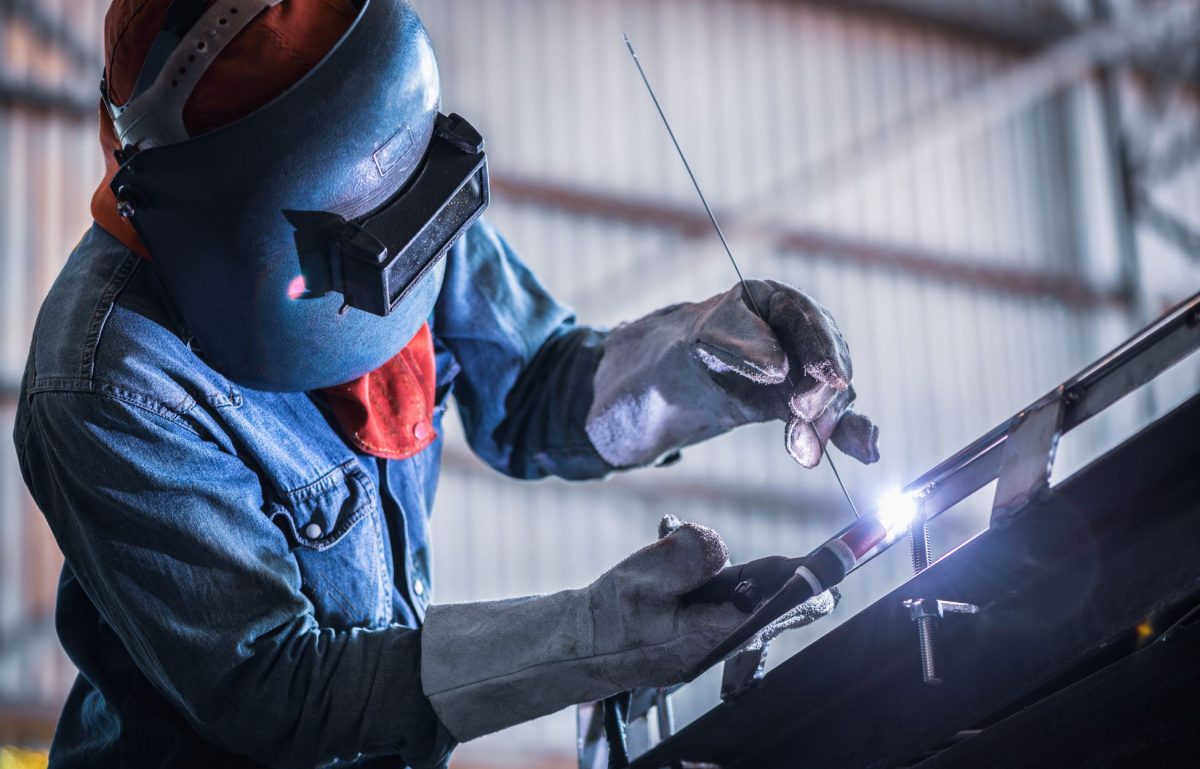Gas tungsten arc welding (GTAW), also known as tungsten inert gas (TIG) welding, is a process that has revolutionized the way we join metals in various industrial sectors, including pipeline services. This introduction to gas tungsten arc welding will reveal its distinct capability for producing high-quality, precision welds at smaller scales, making it an indispensable part of the tool kit for pipeline service professionals.
Understanding the GTAW Process
GTAW is a welding process. It employs a nonconsumable tungsten electrode to produce the weld. An electric arc established between the metal workpieces and the electrode is what generates the heat for welding.
Unlike other welding methods, GTAW gives the welder superior control over the operation since the heat source and filler material are controlled independently. This high level of control is particularly beneficial when working with thin or delicate metals that might warp or distort under the heat of more aggressive welding techniques.
Importantly, the use of an inert shielding gas, typically argon or helium, is crucial in protecting the weld zone and the electrode from contamination in the atmosphere.
Advantages in Pipeline Services
For pipeline service professionals, the benefits of mastering GTAW are considerable. It is one of the most useful advanced welding techniques in industrial piping because of the quality of the welds it produces. GTAW allows for meticulous manipulation of the welding variables, so technicians can achieve fine, clean welds with minimal splatter, which is vital for the integrity and longevity of pipeline systems.
The process’s versatility allows for the welding of a wide array of metals, from common steels to more exotic alloys. Moreover, professionals can perform GTAW in all positions—horizontal, vertical, and overhead—making it highly adaptable to the varied and often challenging configurations encountered in pipeline work.
Challenges and Best Practices
Despite the high quality of the welds and the control it allows, GTAW is not without its challenges. It is generally slower than other welding methods and requires a highly skilled operator with a steady hand and sharp concentration. The preparation of materials is also vital, as any contamination on the workpieces or electrodes can adversely affect the weld quality.
To reap the full benefits of GTAW in pipeline services, practitioners must ensure proper training and maintain a clean working environment. Additionally, selecting the appropriate filler material and mastering the intricacies of the welding machine’s settings are crucial steps toward achieving consistent, reliable welds.
We hope this introduction to gas tungsten arc welding offered you insight into its vital role in modern pipeline services. With the potential for high-quality, durable welds, GTAW stands as a preferred process for professional welders looking to deliver superior results.












